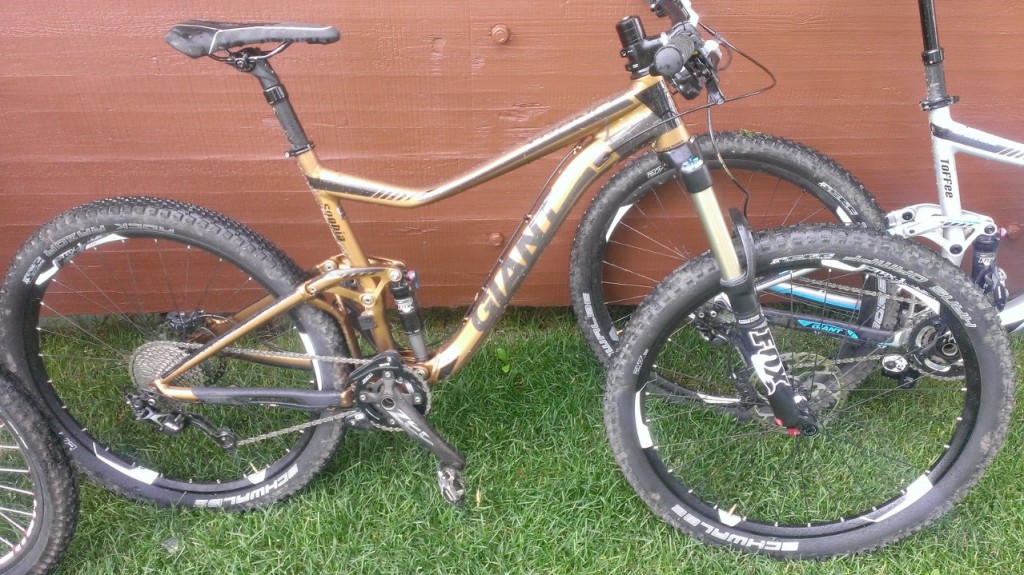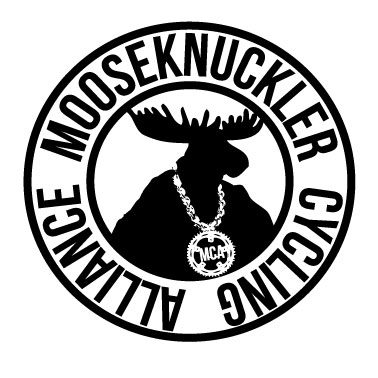
This past July, I found myself in Park City on Giant Bicycle’s dime. They flew myself and a coworker whose identity will remain anonymous to protect the innocent, to SLC and then as quickly as a tour bus moves, whisked us away to The Chateau Deer Valley. They proceeded to wine and dine us for the next couple of days. Each morning they force fed us the Kool-aid and then they let us ride the bikes.
The bikes were awesome, don’t get me wrong. But that is not what this is about.
The number one theme at the Giant Kool-aid feedings was, “In the past we have sucked, but this year, we think we may have knocked it out of the park, but you’ll agree we at least hit it into the outfield.” Yup, everything was about apologizing for the past and stoking for the future. With a bit of qualifying for the off-chance that they didn’t. (I would like to point out the sport reference. I’m sure it’s the first here at the Alliance and most likely will be the last. And yes I realize that cycling is a “sport.”)
They apologized for past graphics. They apologized for past fill rates. They apologized for the past. And then they put us on the future and everyone had smiles on their faces (if that is even physically possible) and a bright look toward the future. I was among the smiling. I have always been a fan of Giant bikes and in my humble opinion, they are the most underrated bike manufacture.
Beyond the constant apologizing, the other thing my awesome skills of observance observed was the dealers themselves. They weren’t exactly the ideal image of what a professional bicycle shop would look like. I overheard conversations that blamed Giant for their lack of success. There were a lot of people there that were just not going to be happy with anything the industry was doing, because the industry was to blame. These were underdogs. I got the feeling that most of Giant’s dealers were not the top shop in their market. And in some cases, probably weren’t even in the top three.
Your brand is everything. Anyone who has done anything in the business world in the last ten years has probably heard and come to understand that statement. Your brand is the symbol of your company. It’s what that symbol means to your customers, including your reputation and history. It’s important to know who you are and to control how the public perceives you and your brand. At least to the extent that that is possible. When you have an industry that relies solely upon independent dealers to sell it, there isn’t a lot of control of that brand. A company can market itself, produce an amazing product and distribute that product. It can do everything right and still fail. If the experience the customer has while buying or using that product aren’t in line with the message being marketed, the branding has failed.
Giant can produce the most amazing bikes ever, but with second-rate dealers they will be nothing more than an underrated company. In my humble opinion, that is why there is a push from the bigger companies for concept stores. The ability to control how the product is displayed, how the salesperson interacts with the customer are priceless.
So if you are following me, you might believe that I am advocating the dissolution of the independent bicycle dealer and you would be right. Take a look at the concept stores from a business stand point and tell me they aren’t superior to most all other bike shops. The sales area is beautiful. The product is displayed well and in a way that attracts the customer’s eye and sells it without there being anyone standing there demonstrating how it is used. Usually, the salespeople are required to have training on how to sell and talk about the product.
To Cost Externalize: Cost externalizing is a socio-economical term describing how a business maximizes its profits by off loading indirect costs and forcing negative effects to a third party.
The cycling industry does not deliver its customers with a ready-to-use product. Bicycles are delivered in boxes and despite the manufactures assurances that they are ready to go once the handlebars and pedals are put into place, any mechanic worth his whiskey will tell you that is not true. For a bike to be properly assembled for sale, it takes about an hour. Not really a big deal, right?
Considering that at the register margins for a bicycle sale are 30%, give or take a point or two, it is a big deal. For a bicycle shop to be profitable, meaning that it is sustainable as a business, gross margins must be around 40%. So that bike you just sold is not keeping you in business and considering that the labor costs to assemble that bike are not usually factored into the margin of the sale, you’re probably going backward.
To top that off, almost all manufacture warranties explicitly exclude the cost of the labor to perform the warranty work. Sure some companies that have constant warranty problems will, if begged, send you an extra chain for your time. Mostly though, either the shop or the customer is required to foot the bill for anything that breaks. Meaning that if the shop wants to try and stay in business, keep the lights on, be able to pay its employees, they are forced to require customers to pay for warranty repairs. That’s a great experience. “Oh you just bought a bike and it broke. I’m terribly sorry, sure I can get you a new frame and it will cost you $200 to have me swap it over for you.” That’s probably the exact opposite of that shiny sales floor experience one would hope for.
On the one hand, you have an industry that desperately needs to take control of its image, its brand to be successful, but that same industry has built its success on being able to shift the cost of the assembly and warranty of its product to independent retailers. No wonder the cycling industry hasn’t ever become mainstream or profitable.
Standing in the middle of Giant’s showroom in Park City taking in all of the shiny, beautiful bikes, I couldn’t help feel that none of the bikes would be given justice as they sat undusted, with flat tires on a showroom where a 17 year old racer dude was presenting that $7500 product with words like dude and shocks…
P. L. and R.
